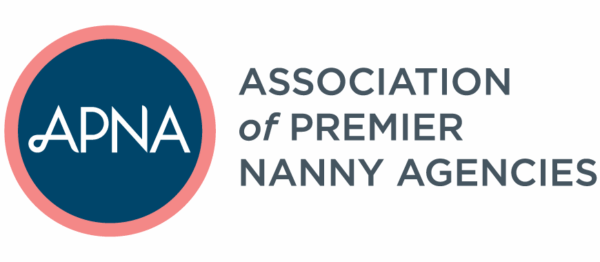Most people who know me are aware that I love numbers.
As we move into April, it is a good time of year to revisit forecasts made for the calendar year. You have a solid quarter completed making it a perfect time to ask yourself questions such as, were my assumptions for the new year targeted appropriately? Did I miss considering anything? What is surprising me that I didn’t expect? And based on what I expected, did it actually happen? By how much am I on the mark or by how much off in my forecast? What do I need to do to adjust? ![]()
Using Metrics
Evaluating financial statements such as a P and L (profit and loss statement) gives you the money picture but can that tell you how many more interviews you need or how many more full time placements need to be closed to meet your money goals?
Entrepreneurs tend to use their sixth sense, a gut feeling. Often their decisions are spot on (which supports “follow your gut”) but sometimes they are off, even way off. And sometimes there is uncertainty about the best direction when there are several viable solutions. A gut feeling will tell you the solution makes sense but reading the numbers will tell you which direction makes the most sense.
In other words, being able to answer the question “by how much do I adjust?” isn’t going to guarantee success but it can set a direction and expectations. It allows for you and your team to know how far you’ve gone, how much you accomplished or what failed. It also gives a tangible goal for a team focus.
I’ve been talking about measuring your business for many years. Metrics, benchmarks, KPIs – call it what you want – knowing where you need to go and where you came from is critical knowledge. And, even more importantly, pinpointing what needs attention can be the cornerstone to developing the strategy needed for growth.
For my business each division has their KPIs. For Recruiting it is the number of prescreens, number of interviews, number of interviews that go into the “available for hire” pool and ultimately number of hires completed. For the Temps division it is the number of hours booked and fill rate. We set targets that if they are met each week, each month and each quarter, we will get to the annual goals. When we miss, we know where to look for a gap or a bottleneck. Having the numbers to rely on also helps to explain to the team that while they are working hard, they need to work differently in a particular area. They can see the number story.
As you dive into Q2 2021, I urge you to take some time to reflect on the first 3 months of the year and not only think about how different things are from last year just after Q1 2020, but also ask yourself what you can adjust to reach the growth you planned on when you started the year. Good luck!
Wendy Sachs is founder and CEO of Philadelphia Nanny Network, a 36 year old agency servicing parents needing long and short term referrals as well as the largest provider of corporate sponsored backup care in areas serviced by the agency. Wendy has presented workshops on developing business metrics at APNA and INA conferences.

